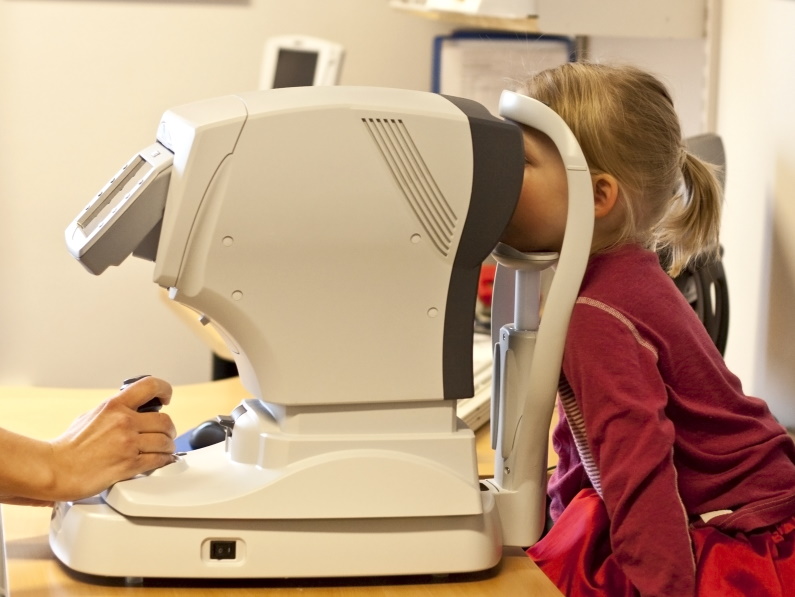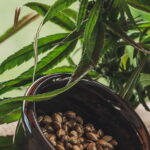There are many types of migraines, and most share some of the same symptoms. A migraine is a neurological medical condition, which includes headaches and other symptoms. These typically include nausea, vomiting, dizziness, sensitivity to touch and smell, and light. Those that suffer from these symptoms might also experience numbness or speech difficulties.
To determine what type of migraine you may be suffering from, pay attention to potential triggers, such as your daily activities, sleep patterns, diet, and stress levels. Keeping a journal can help you organize this information.
After your migraine has occurred, pay close attention to the symptoms you experienced, whether it was sensitivity to light, sound, or smell; nausea, vomiting, or dizziness; the location of pulsation or throbbing; and the intensity level of the pain.
Another important aspect is the length of the migraine and how often it occurs between one to the next. As many migraine sufferers are already aware, hormonal fluctuations in women (and sometimes men) can be a trigger, and that can be tracked throughout the course of a menstrual cycle, for example.
Types of Migraines
Below is a list of migraine types and their descriptions:
Migraine with Aura
- With Aura – a migraine with aura is a severe headache that ranges from moderate to excruciating pain and can be accompanied by fleeting blindness, zigzag lines or spots before your eyes, light sensitivity, or nausea. “Auras” are sensory changes that happen before the migraine. They can affect vision, hearing or language, and can be accompanied by muscle weakness or pins and needles. Roughly a quarter of people who have migraines will experience them with auras.

- Ocular – ocular migraines can lead to sight loss or blindness in 1 eye for a short time. Not only that, but in some cases these symptoms might not be due to a migraine. Although rare, research has shown that some cases are the result of other problems like stroke. If it is a migraine, your doctor may refer to your condition as a visual, retinal, ophthalmic or monoc,ular migraine. It can be difficult to tell what’s happening with your vision sometimes. If you’re not sure, cover 1 eye then the other. You may be experiencing pain on 1 side of your head that is moderate to very painful, throbbing or pulsing, and worsens when you move around.
- Hemiplegic – a rare and serious type of migraine headache which comes with many symptoms such as temporary paralysis. Doctors call it hemiplegic when this symptom occurs.
- Vestibular – a type of migraine that often manifests as continuous dizziness. They are different than regular migraines, not always leading to the same symptoms. Also known as migraine-related vestibulopathy, these migraines don’t always cause headaches; instead, the main symptom is dizziness that comes and goes. One may experience motion sickness, including nausea, vomiting, imbalance, confusion, and sound sensitivity.
Other Types of Migraines

- Menstrual – more than half of women with migraines say that menstrual cycles are a trigger. When occurring during a woman’s period, the pain tends to be more severe. Most women experience it at other times of the month as well, but symptoms tend to be linked to the change in hormones during the cycle. When the hormone oestrogen decreases, migraine pain can occur. A woman can also experience migraine during heavy and painful periods, when more prostaglandin hormone is present.

- Abdominal Migraine – occurs in 4 out of 100 children and also some adults. Children usually grow out of abdominal migraine by the time they’re adults, but they’re likely to develop another type of migraine later. Symptoms include moderate to severe stomach pain that last from 2-72 hours, and feeling sick and vomiting. Not a lot is known about this type of migraine.
- Cyclic Vomiting Syndrome – may be considered when attacks are regular and occur over a cycle of several weeks. People generally feel very sick and vomit regularly, and it lasts anywhere from 1 hour to 10 days. The attacks tend to occur more than a week apart, but can sometimes be identified by a pattern of when it happens.
Treatment
Once you have narrowed down your symptoms, when they occur, and potential triggers, you should see a healthcare professional, who can diagnose you with the type of migraine you may be experiencing. No matter what type of migraine it is, there is treatment available. Find out more by reading this article, and visit https://americanmigrainefoundation.org/.







